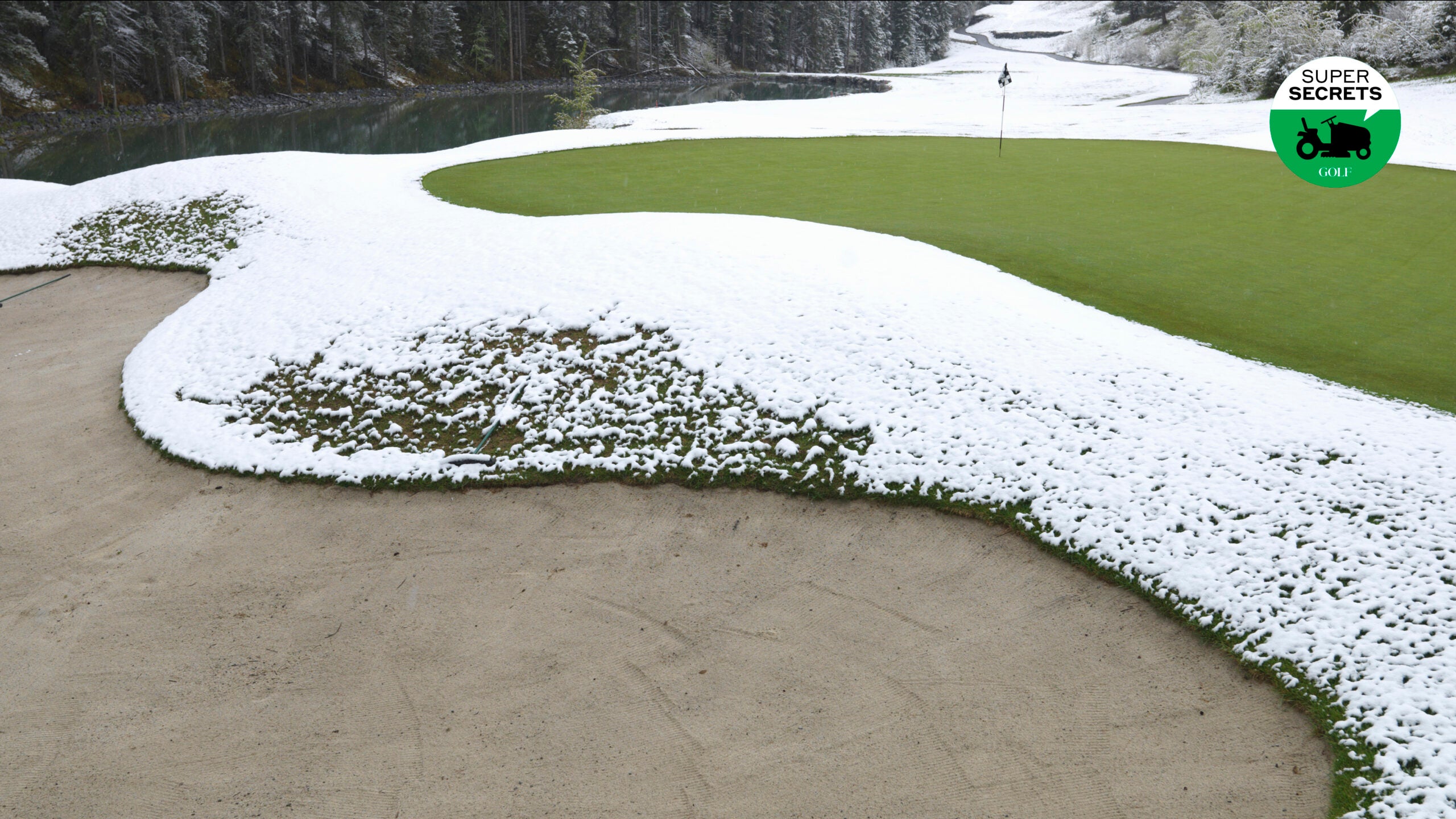Whoever said that March comes in like a lion and goes out like a lamb forgot to mention that the month is just as often a schizophrenic beast, swinging wildly between warm and frosty weather.
When the sun bursts through in wintry regions, cooped-up golfers will jump at almost any chance to peg it. For courses, though, the choice is not so simple, as allowing play comes with pros and cons.
On the one hand, it pulls in revenue and pleases golfers. On the other, it imparts wear and tear at a time when it is tough for turf to recover.
To open or not to open? John Fulling is a past president of the Golf Course Superintendents Association of America and director of grounds and facilities at Kalamazoo Country Club, in Michigan. We asked him about the calculus, and whether there is anything in those considerations that apply to caring for a lawn at home.
Is the course even playable?
Sure, the weather has been nice, but it’s still winter. “Drainage and soil types are different on every course and likely different at different locations within the same course,” Fulling says. “Is the course dry enough? Firm enough and stable enough that people won’t damage parts of the course or, worse, injure themselves?” And what about debris, like tree limbs and leaves? Are the bunkers washed out from winter snow and rain? How hard would it be to get around the course — not just for golfers but also for larger equipment if it’s needed for clean up. “One of our favorite sayings is, ‘let’s try really hard to not kill it in the process of trying to fix it,” Fulling says.
What’s the volume and type of play?
A full tee sheet of golfers in a fleet of carts is very different from a handful of groups going around on foot. At a private course that might get 20 to 30 walking-rounds per day, allowing play will likely have “very little ill effect,” Fulling says. But a busy public course might draw four or five times that volume: 100-plus players, buzzing about on buggies, leaving divots and ball marks, creating foot traffic around the cups. “I would be very cautious with high volume,” Fulling says.
One precaution is to set up temporary greens in the approaches. Putting surfaces are the most vulnerable part of any course, and the “potential for damage from that many feet on greens that can’t recover is just too great a risk.” Carts are an even greater concern. “They are probably 75 percent responsible for all damage all year,” Fulling says. And not just the carts driven by golfers. Grounds crew carts wreak havoc too. In a fight between tires and fine turf, Fulling says, “the tires usually come out just fine.”
What’s the recovery time?
If the grass isn’t growing, it can’t recover at all, which is true for most of the northern United States through the winter. Make a ball mark or a divot, and it’s there to stay until soil temperatures warm enough for dormant turf to reawaken. In the shoulder seasons, growth habits differ from one grass variety to the next. Bent grasses, for instances, require slightly higher temperatures to get going than annual bluegrass. But the cold of winter is the great equalizer. When nothing is growing, it’s all the same.
What about staffing?
Do you have enough around during the off-season? What will it cost to bring them back? How do the payroll expenses compare to the projected revenues from green fees, and food and beverage? Seems like a simple calculation, but there are other variables, including the long-term weather forecast. Will you be able to stay open for long?
How can golfers help?
Follow directions and respect requests. If a portion of the course is roped off, that’s for a reason. “The superintendent is counting on you to partner in protecting those areas,” Fulling says. Remember, too, that every little bit of damage will linger in the turf starts growing in the spring, so “do an extra-diligent job of replacing and fixing out there. Be purposeful about leaving it better than you found it.”
Lessons for lawn care?
“If you see a crew working on the course in winter,” Fulling says, “there’s a good bet you can do the same on your home lawn.” But what kind of work would you actually be doing? During the winter, Fulling says, courses “mow” roughs all the time, except they aren’t really mowing because the grass isn’t growing. “We’re using the rotary mowers to clean up sticks, twigs and leaves, which gives us a nice head start for spring,” Fulling says. You could try the same at home. “You won’t be cutting anything but the mowers do a great job of clean up.”
